

Bunia, Ituri, July 21, 2020
Reading time:
15 min
I found the woman giving birth on a dusty road just outside Bunia in Congo’s northeastern Ituri Province late last month. Heavily pregnant, she had walked nearly 30 kilometers from her village in an attempt to reach a health clinic to deliver her child. She was only two kilometers from her goal when she could no longer continue. By the time nurses from the nearby health clinic were notified and made it to the scene, the infant had already been born. Mother and child both survived, but the ordeal highlights some of what is happening in my home province as hospitals and health clinics are being burned down or destroyed in targeted attacks.
Days later, on July 4, I was in a morgue photographing the bodies of 11 people, including a provincial deputy, three policemen, four government soldiers, and several civilians, who had been killed by gunmen in an ambush at the village of Matete in Djugu territory. It was just one more attack in a fresh wave of violence that has spiked this year in a fertile region rich in gold, raising fears that Ituri’s long-running conflict between ethnic Hema and Lendu communities could once again explode.
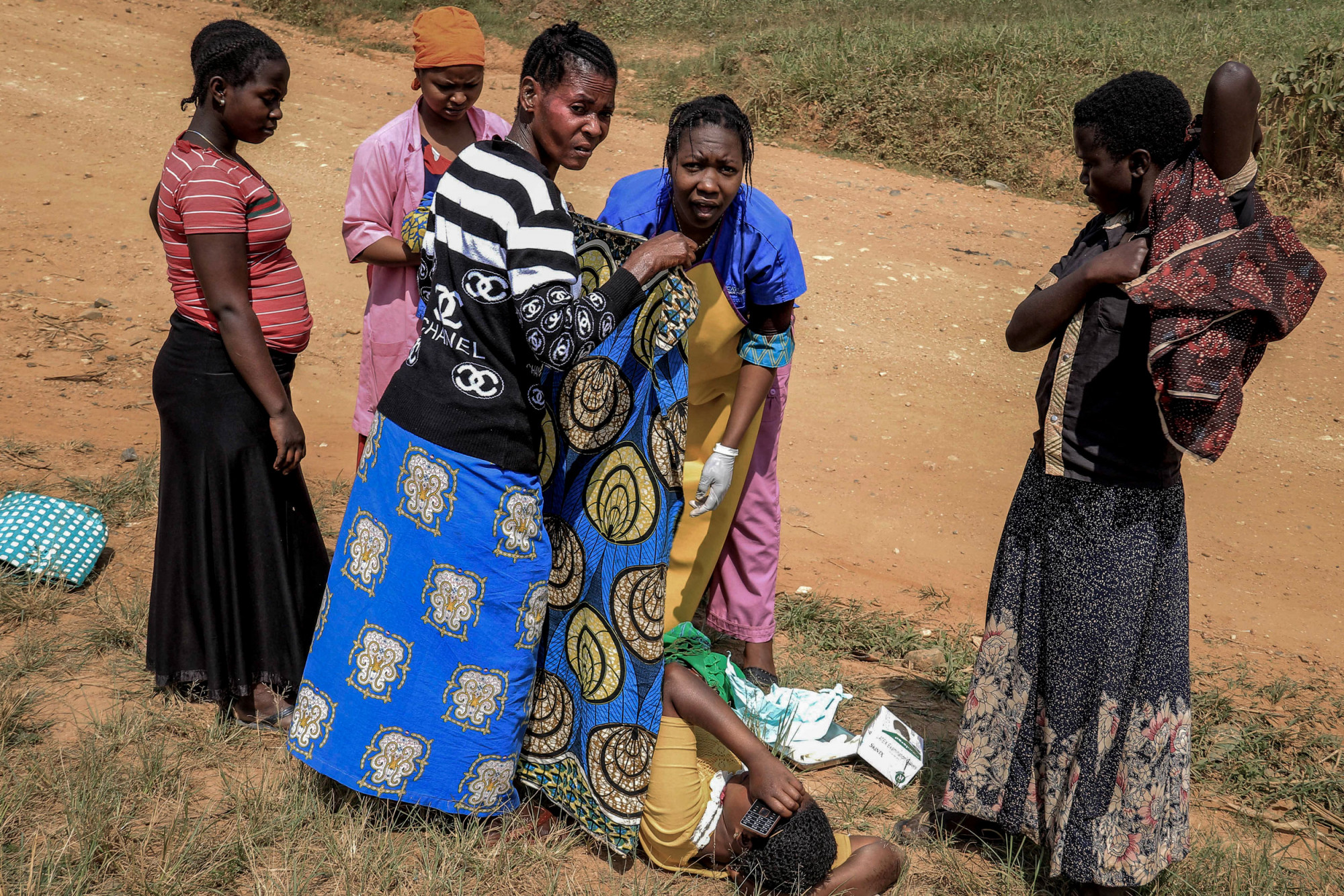
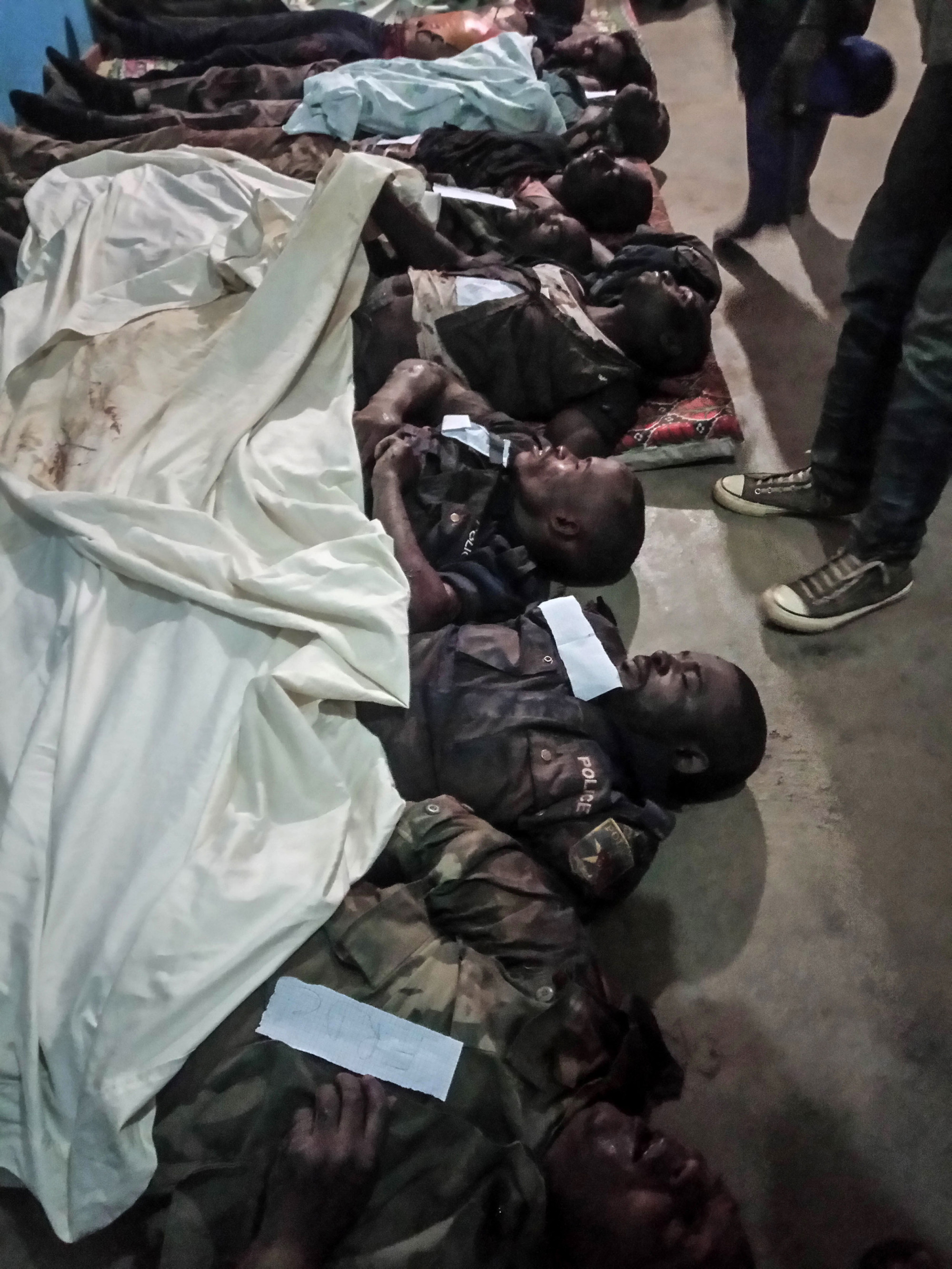
Often simplified as an ethnic struggle over natural resources, Ituri’s violence is the result of complex social factors, including the exploitation, by local and regional actors, of a deeply-rooted local political conflict for access to land, economic opportunity, and political power, according to a 2004 report in African Affairs.
Attacks, many of them blamed on the Cooperative for the Development of Congo (CODECO), an armed political-religious sect drawn from the Lendu ethnic group, have killed at least 444 civilians in Ituri since March and displaced more than 200,000 people since the beginning of this year, according to Human Rights Watch (HRW), although the rising violence began again in early 2017.
A prosecutor for International Criminal Court voiced concerns last month over the “escalation in serious violence” in Ituri and called on the Congolese authorities to properly investigate the killings, rapes, and other forms of violence targeting the Hema community, which a January United Nations report said could constitute a “crime against humanity.”
Another militia, the Allied Democratic Forces (ADF), is also responsible for “widespread, systematic and extremely brutal” rights abuses in both Ituri and North Kivu provinces, according to a report released last week by the UN’s Joint Human Rights Office (UNJHRO). The ADF, which was formed in 1996 by groups based in neighbouring western Uganda, killed 793 people between January 1, 2019, and June 30, 2020, the UNJHRO report said, adding that the ADF often burned down entire villages, destroyed health centres and schools, and abducted and recruited men, women and children.
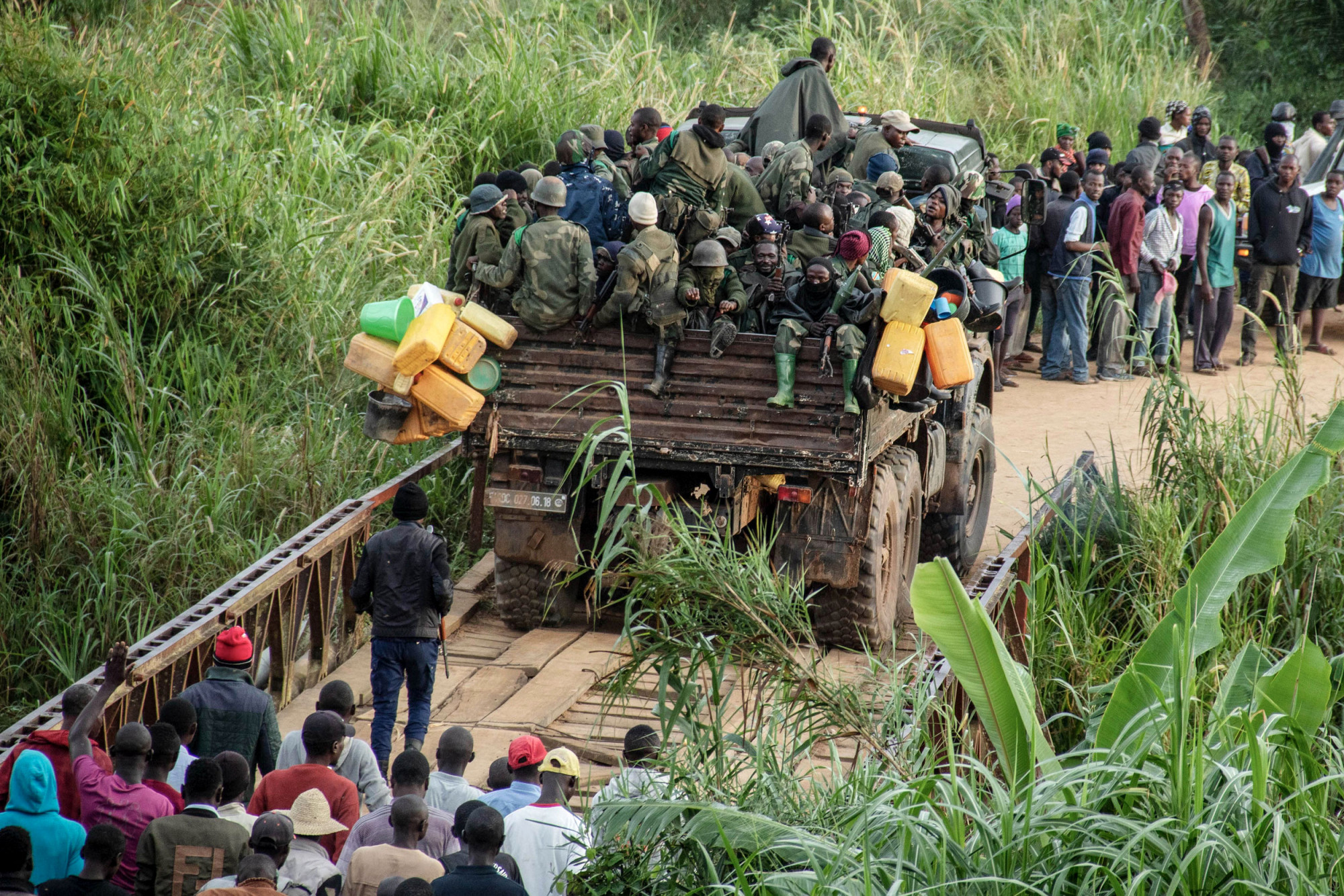
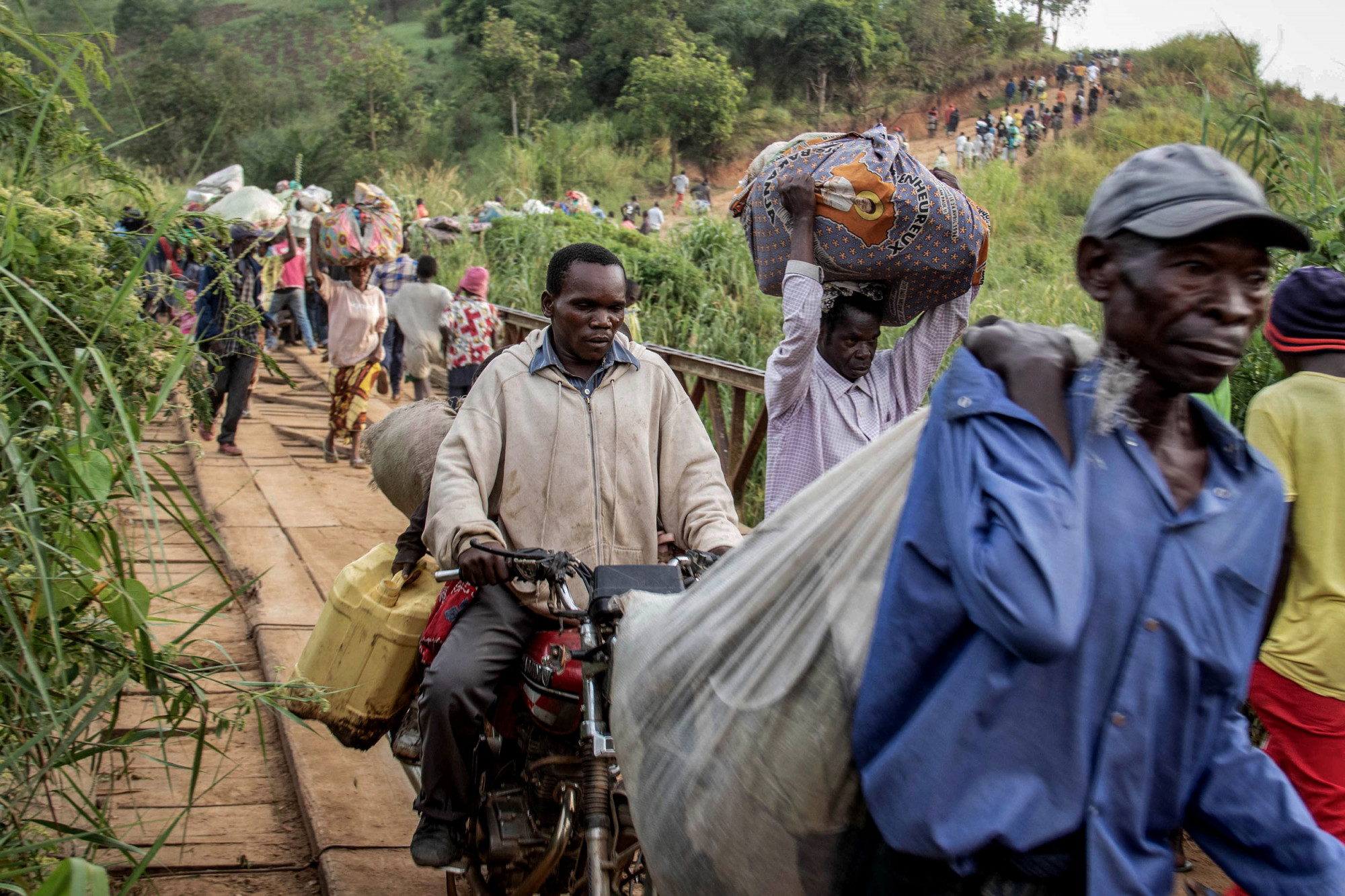

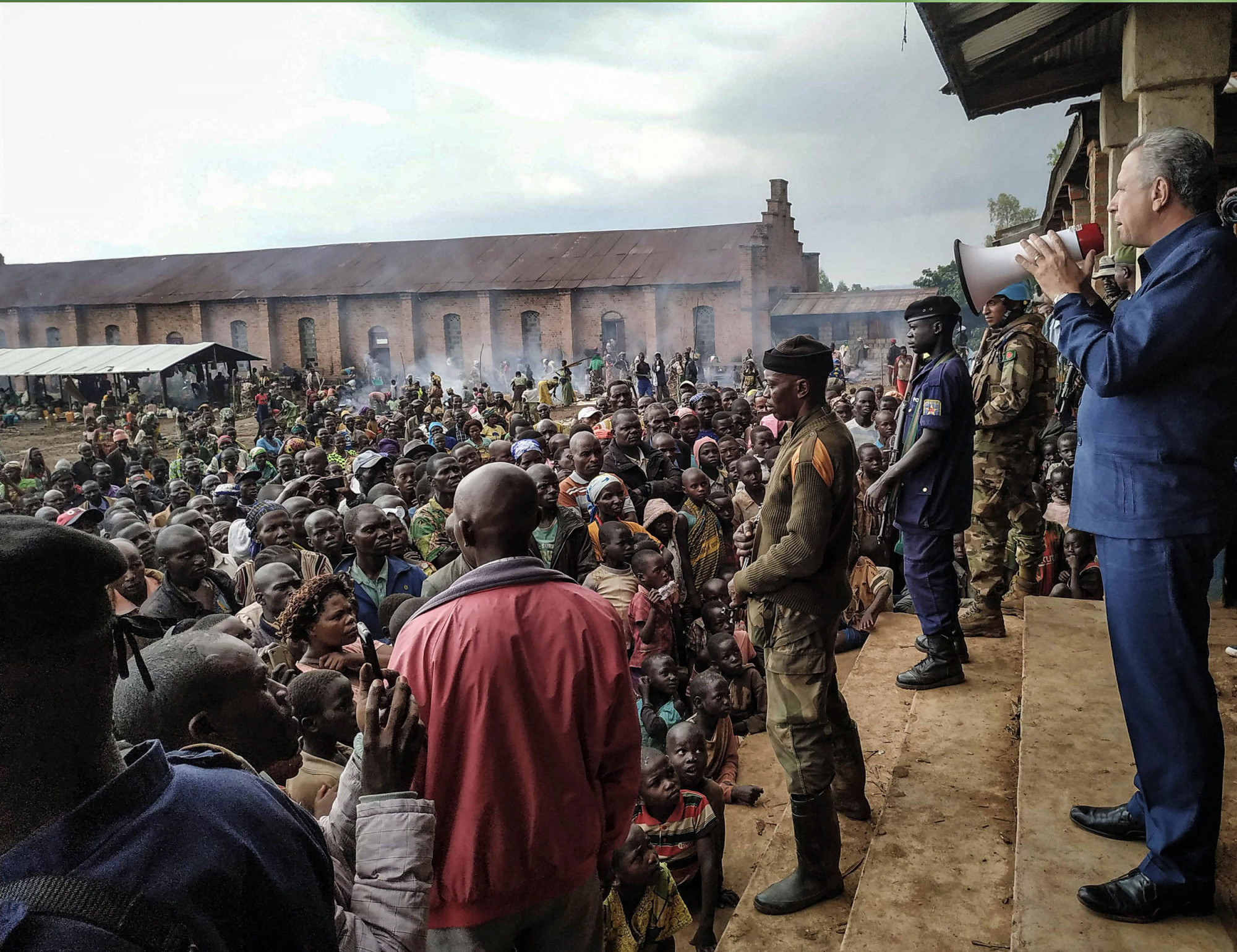
These were just some of the one million people who have fled violence over the past six months in Ituri, and neighbouring North and South Kivu Provinces, according to UNHCR. Congo has one of the highest rates of internal displacement in the world with over five million people uprooted by insecurity within the country’s borders, while nearly a million Congolese have sought safety in neighbouring countries as refugees.
Insecurity combined with cramped and unsanitary conditions in the camps has fuelled the world’s worst measles epidemic, which has killed more than 5,700 people, mostly children, in the past 18 months. Despite concerns over the spread of Coronavirus, Uganda opened part of its border with Ituri this month to allow in at least 3,000 refugees who had fled attacks on their villages. The refugees were being screened and held at an isolation centre as reports of fresh attacks emerged.

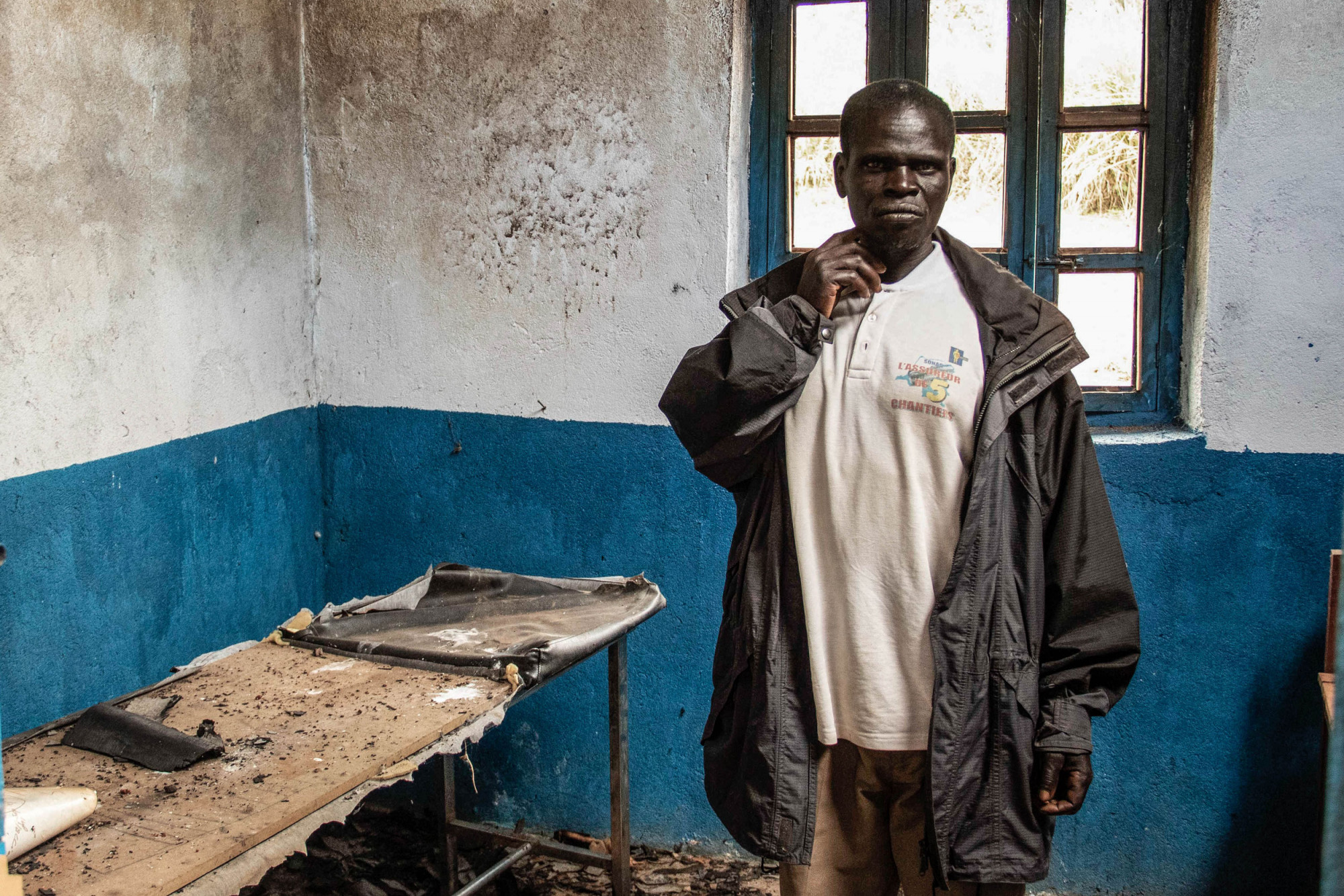
CODECO fighters last week killed at least 25 people and burned more than a dozen houses in the Hema village of Bunzenzele, Reuters reported.
Faced with increasingly regular attacks from Lendu assailants, the Hema community have not yet mounted systematic reprisals, but they do not rule out mobilising their youth if attacks continue, according to a report this week by the International Crisis Group (ICG), which said young Hema have organised into self-defence groups and erected roadblocks in Ituri, which should be seen as forewarning of the risk of ethnic confrontation.
HRW has called on Congo’s government to find a long-term solution by investigating abuses and prosecuting those responsible. ICG argues Kinshasa should negotiate the surrender of Lendu militias as part of a broader dialogue between the Hema, Lendu, and other communities, adding that a summit that brings together Congo and its neighbours – Angola, Rwanda and Uganda – could help address the conflict’s regional dimensions.
In the meantime, the population of Ituri waits, and the killing continues.
